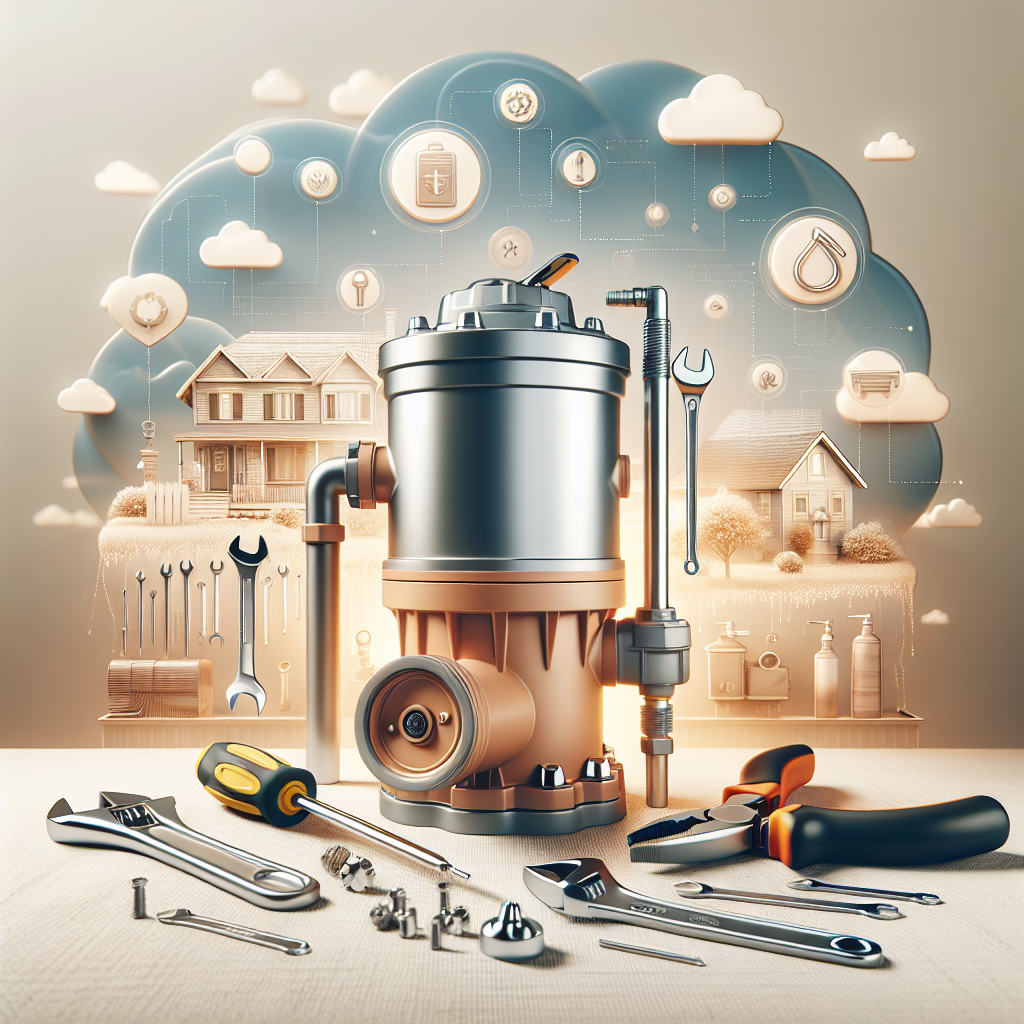When it comes to ensuring clean and safe drinking water, backflow preventers play an indispensable role. These devices are designed to prevent contaminated water from flowing back into your home’s water supply. However, like any other plumbing component, they require regular maintenance. This article will provide you with essential DIY maintenance tips to help keep your backflow preventer functioning efficiently. Not only will this ensure the safety of your water, but it will also save you time and money in the long run.
Understanding the Importance of Backflow Preventers
Before diving into maintenance, it’s crucial to understand what a backflow preventer is and why it’s important. A backflow preventer is a mechanical device that automatically prevents non-potable water from flowing backward into the potable water system. It acts like a one-way valve, ensuring that your drinking water remains uncontaminated. Neglecting this device can lead to serious health risks as well as costly repairs in your plumbing system.
Visual Inspection: The First Step in Maintenance
Check for Leakage and Damage
Start with a visual inspection of your backflow preventer. Look for any signs of leaks, rust, or physical damage. A damaged backflow preventer can compromise your water safety. Identify any cracks or visible deterioration, and if you find anything alarming, consult a professional plumber.
Ensure Clear Surroundings
Remove any debris, leaves, or vegetation around the device. Obstructed air vents can lead to airflow issues, which may affect the performance of your backflow preventer. A clean vicinity ensures that your device functions optimally.
Regular Testing: The Key to Performance
Schedule Annual Testing
To ensure your backflow preventer is working correctly, schedule an annual test. Many localities require this as a legal obligation. Professional testers will assess the device’s integrity, ensuring it meets regulatory standards.
DIY Testing Procedures
If testing by a professional isn’t feasible, you can perform some simple DIY checks. Turn on a faucet connected to the system and observe the water flow. Ensure that the water pressure is consistent and there are no unusual changes, which might indicate a malfunctioning device.
Seasonal Maintenance: Prepping for Weather Changes
Winter Preparation
In colder climates, winterizing your backflow preventer is critical. To avoid freezing, drain the device by turning off the water supply and opening the test ports. This essential step can prevent cracks and damage due to freezing temperatures.
Annual Spring Checks
When the weather warms up, it’s a good idea to check your backflow preventer. Reopen the valves and inspect for any signs of damage or leakage. This allows you to catch any potential issues before peak usage in the summer months.
Common Issues and How to Resolve Them
Detecting Back Pressure
If you notice peculiar noises or fluctuating water pressure, you may be experiencing back pressure. This occurs when water pressure from the municipal supply is lower than the pressure in your home. Installing a pressure reducing valve can help alleviate this issue.
Repair vs. Replacement
If your backflow preventer has sustained significant damage, you might be wondering whether to repair or replace it. For minor issues, such as valve leaks, replacement parts are often readily available. However, if the damage is severe, a full replacement may be necessary. Consult with a plumbing professional to make the best decision.
When to Call a Professional
While DIY maintenance is essential, some issues require the expertise of a professional. If you encounter complex problems, persistent leaks, or you’re unsure of how to handle a specific issue, don’t hesitate to call in a licensed plumber. Professional plumbers have the knowledge and tools necessary to diagnose and solve problems effectively.
Conclusion: Protect Your Water Supply
Your backflow preventer is a crucial component of your home’s plumbing system, ensuring that your drinking water remains uncontaminated. Regular DIY maintenance is key to keeping this system running smoothly. By performing visual inspections, scheduling annual tests, and addressing common issues, you’ll help ensure the safety of your water supply and extend the lifespan of your backflow preventer. Keep these maintenance tips in mind, and don’t shy away from calling in a professional when needed. Taking proactive measures not only protects your health and safety but also contributes to a more efficient home plumbing system.
By following these essential DIY maintenance tips, you’ll reap the rewards of a well-maintained backflow preventer, contributing to a health-conscious and safe living space for you and your family.


